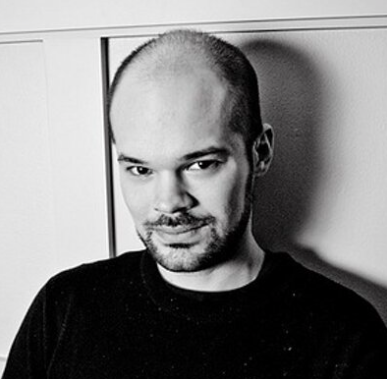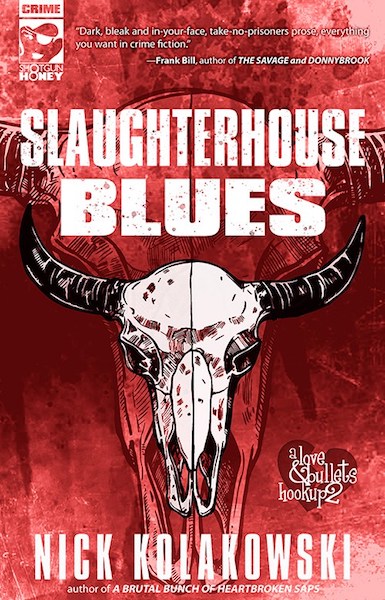 On Stitching a Fictional World into the Real One
On Stitching a Fictional World into the Real One
A decade ago, as part of an editor gig at a magazine, I spent a lot of time in Central America and the Caribbean. I drove through the highlands of Nicaragua, a verdant place heavy with history, and stayed in Estelí, the country’s third-largest city. One of the town’s main industries, cigar production, employs hundreds of people in massive factories; I hung out in the rolling rooms and fermentation chambers, interviewing workers and executives.
Because I was producing a series of articles on Estelí, I took extensive notes in notebooks that eventually became quite ash-stained. After I finished the articles, those notebooks went on the shelf in my home office, where they gathered dust. I moved onto other things, in other countries.
My previous noir novel, A Brutal Bunch of Heartbroken Saps, had taken place in a fictional town in Oklahoma. As any writer will tell you, it’s straightforward to invent houses, streets, and neighborhoods as necessary, so long as you keep your mental maps straight. For the sequel, Slaughterhouse Blues, I was tempted to do something a little more ambitious: place my main characters, a pair of wisecracking criminals on the run, in real-life environs. Specifically, I was going to place them in Estelí and Havana, the latter another place I had visited on my magazine journeys.
So I pulled out my notebooks, to better remember everything that happened. I took a few virtual walks in Google Maps, to reconfirm some addresses. And then I started to write, using my personal experiences and conversations as grist for some of the narrative. For example: One of my protagonists, Fiona, meets a pair of contacts in a grimy bar with doors and windows open to the street; when a car backfires right outside, her contacts freak and dive for the floor at her feet, thinking the sound is a rifle blast. I had seen that same farce one night in Estelí.
 And then, midway through the first draft, I smacked right into an issue.
And then, midway through the first draft, I smacked right into an issue.
I wanted my big Nicaraguan action sequence to take place in an environment I hadn’t actually seen while in the country: a massive hill riddled with shanty, with a two-lane highway at the bottom. I wrote it, and the action flowed well (hint: it involves some extremely off-road driving, and… a chicken). But I felt a little bit of unease over planting that blatant a fictional feature into a real-world landscape. What if some sharp-eyed reader gave me grief over its non-existence?
But hey, I told myself. That’s why they call it fiction, right?
Besides, a random hill in the jungle is a comparably minor thing, on the scale of liberties you can take with geography. When it came time to write the book’s Havana parts, I stuck to streets and places I’d visited; inventing whole landmarks or neighborhoods seemed like a bit of a stretch for a city that many people know so well.
What’s the best way to determine if you’ve crossed that fuzzy line of believability when setting your book in real-life places? Your first-draft readers are always a huge help, especially if they’ve been to the places you’re writing about. In fact, tracking down readers knowledgeable about your settings is invaluable; better for something to be called out in a draft than in the final version.





No comments yet.